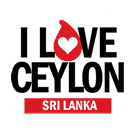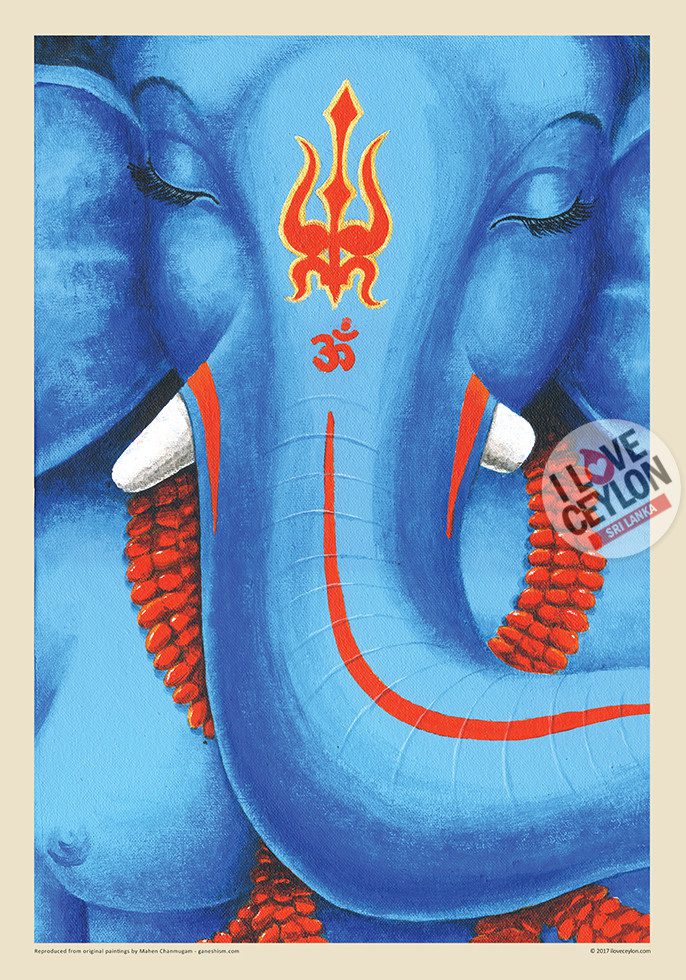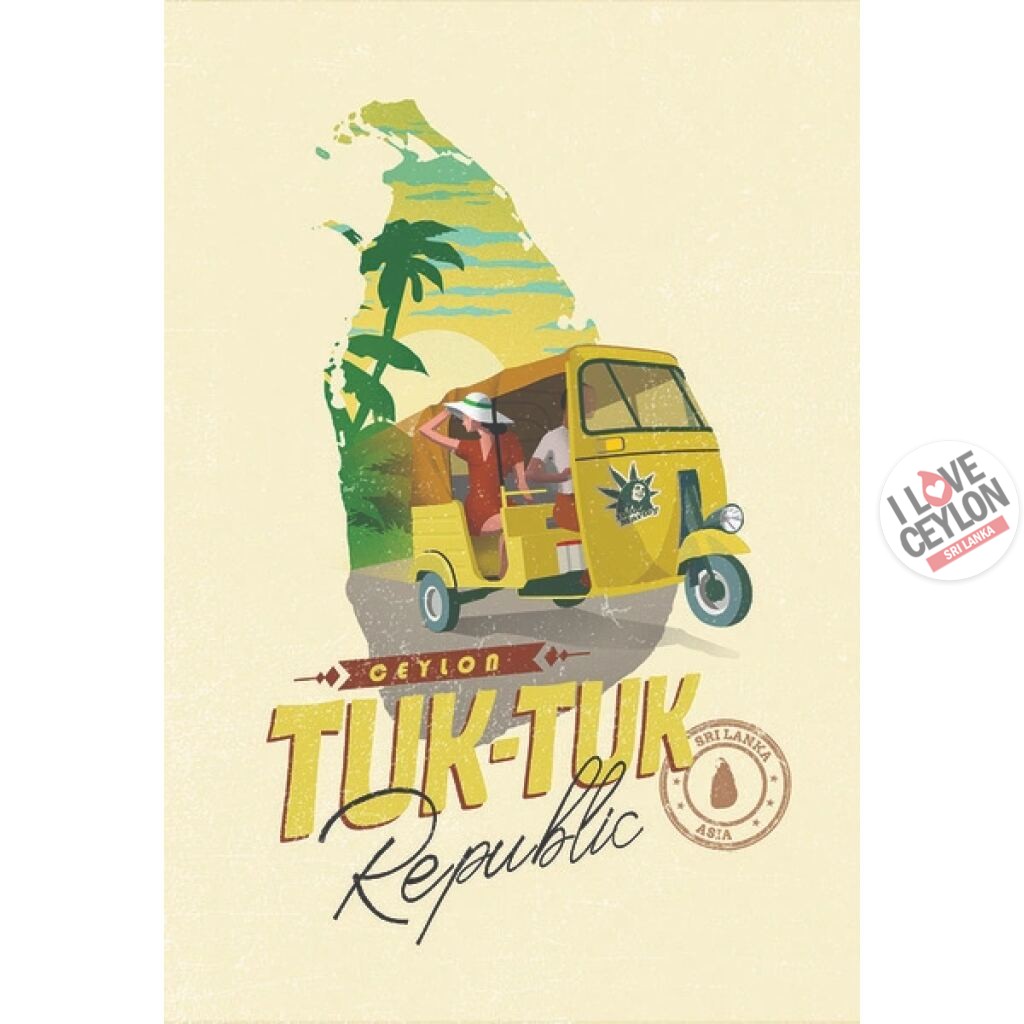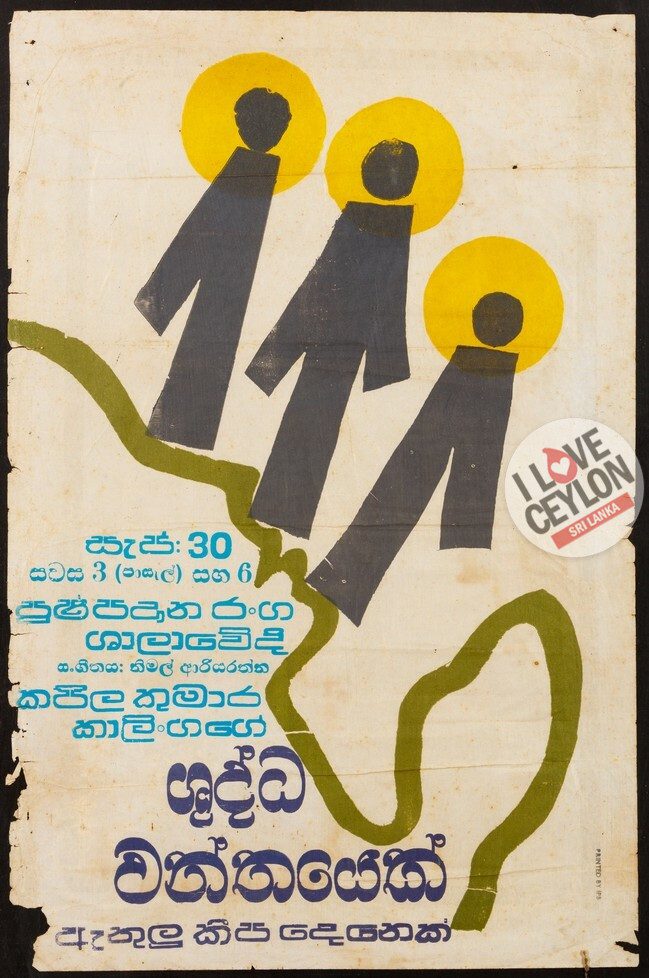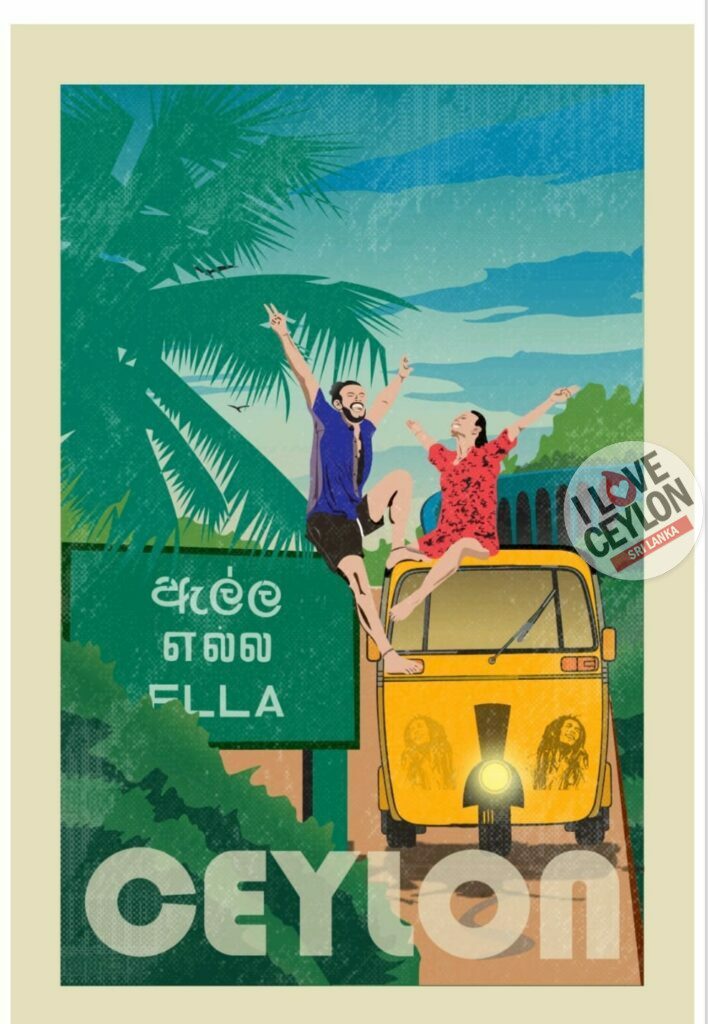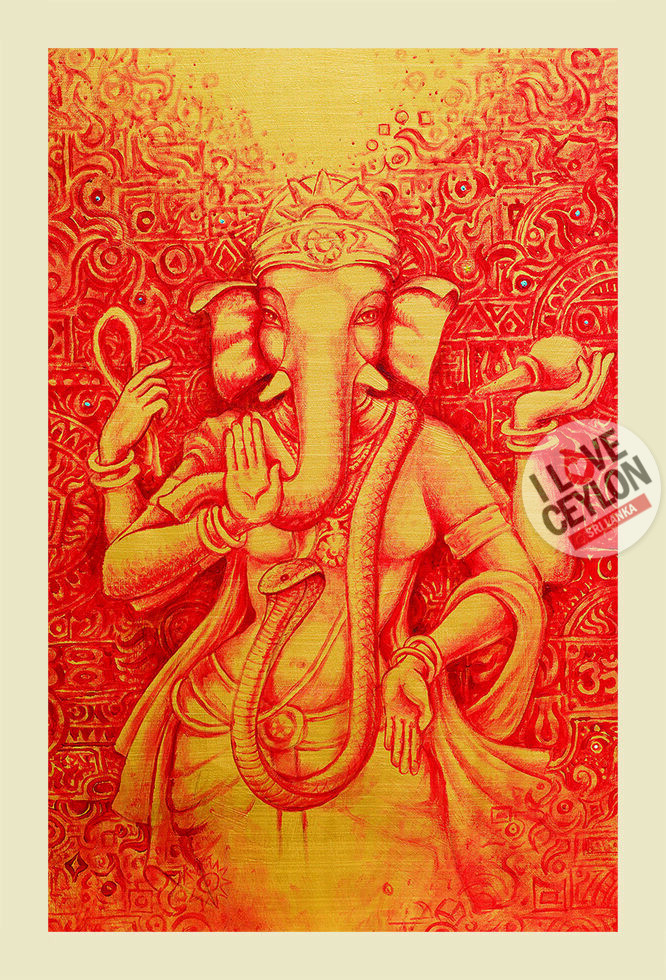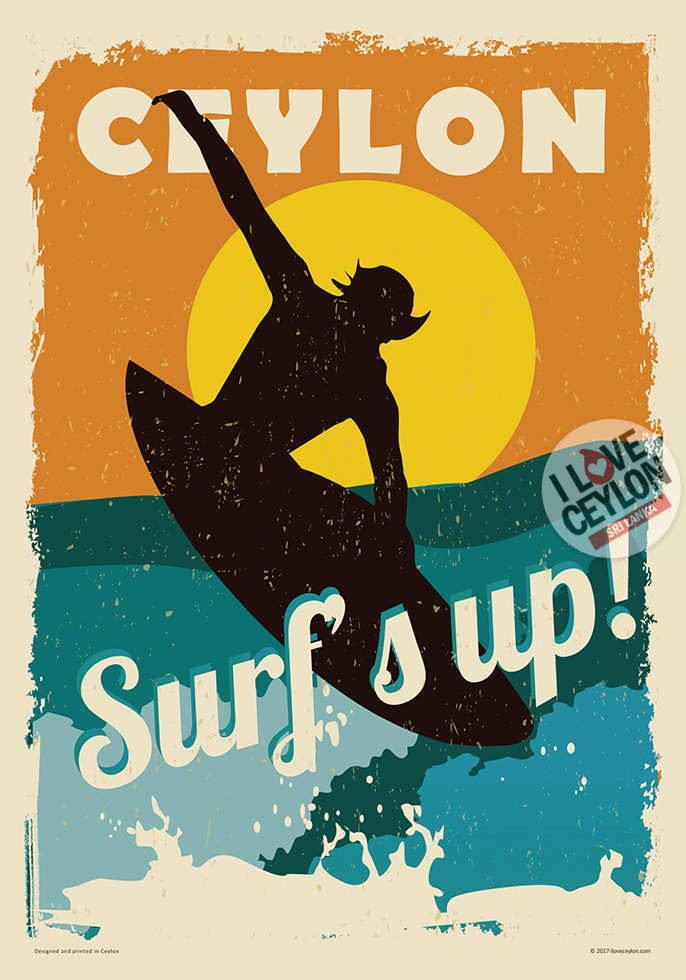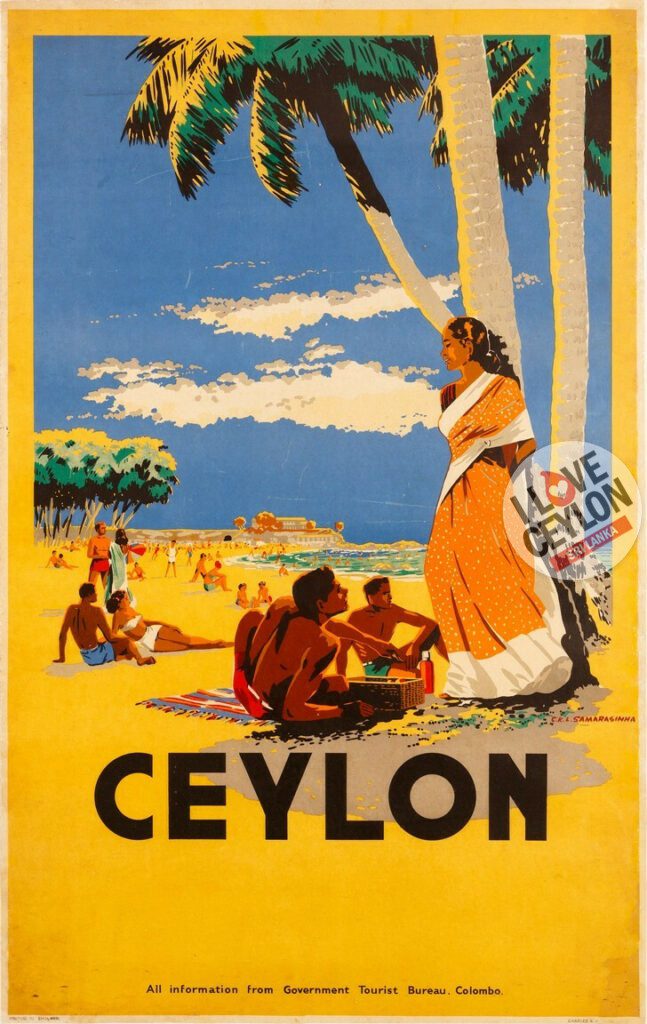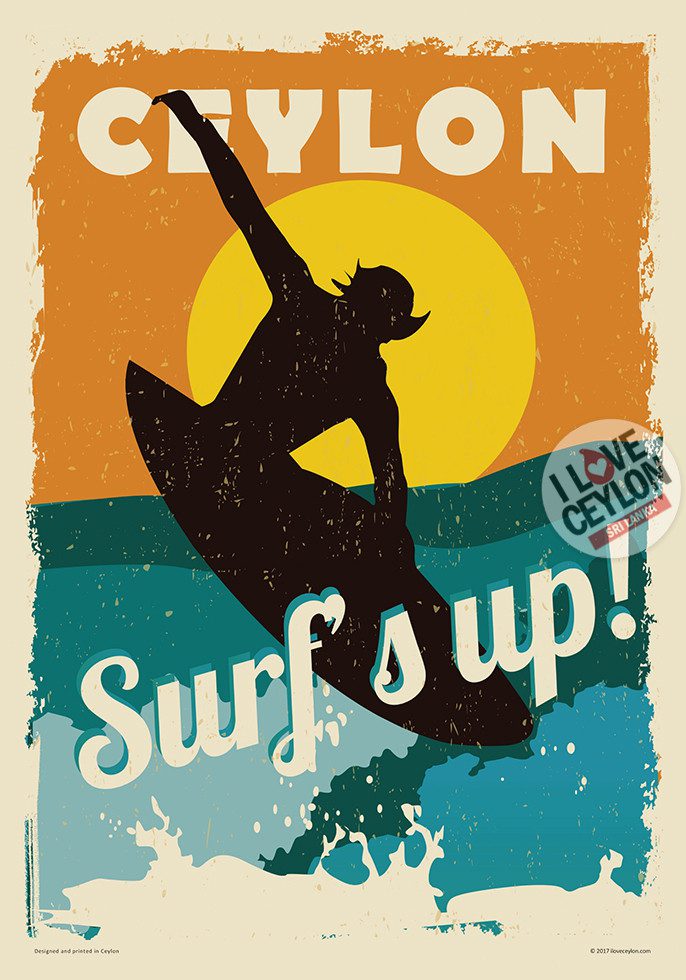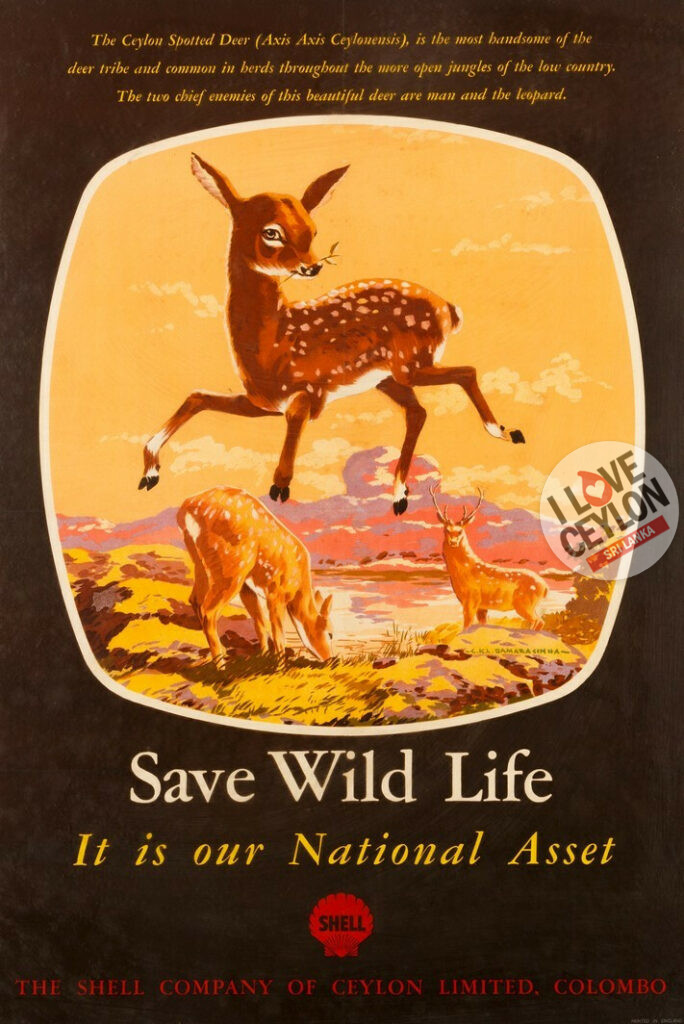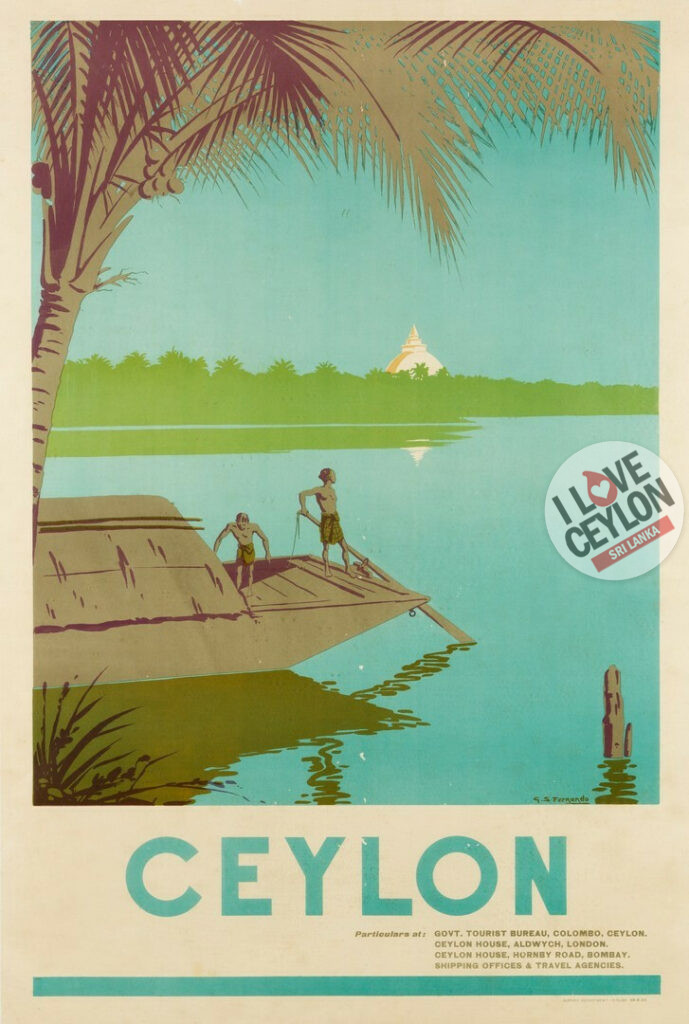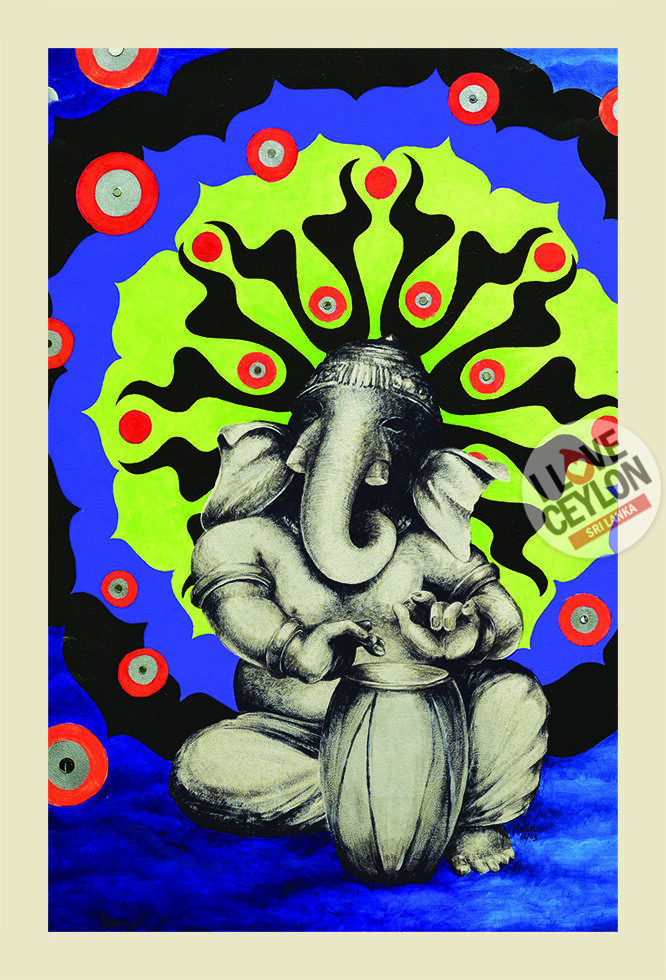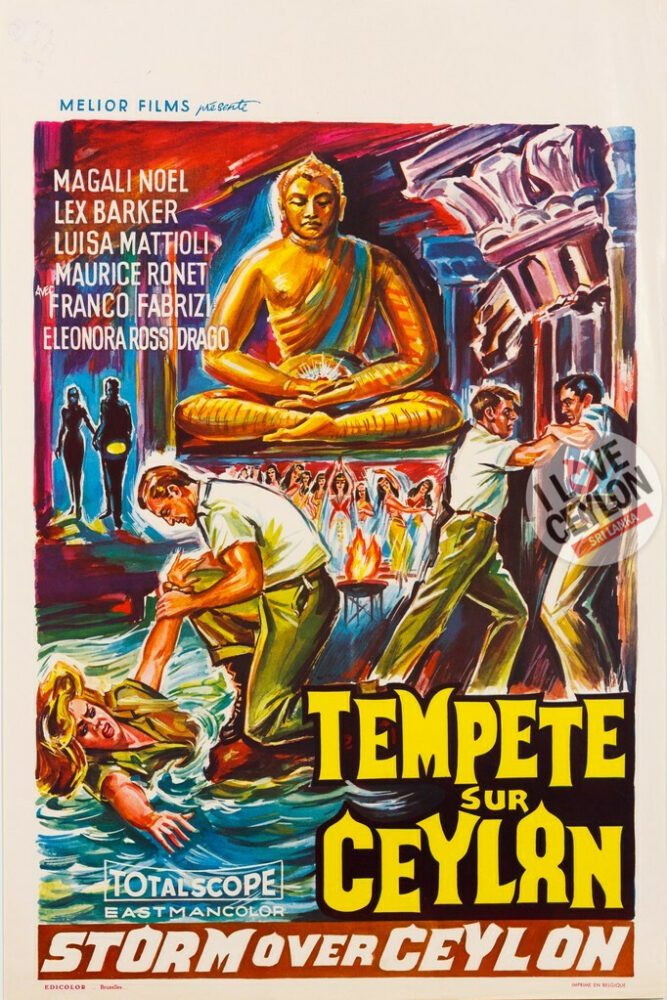© I Love Ceylon Gallery 2024 | Web Design by Mobiz
WORLD WAR II POSTERS
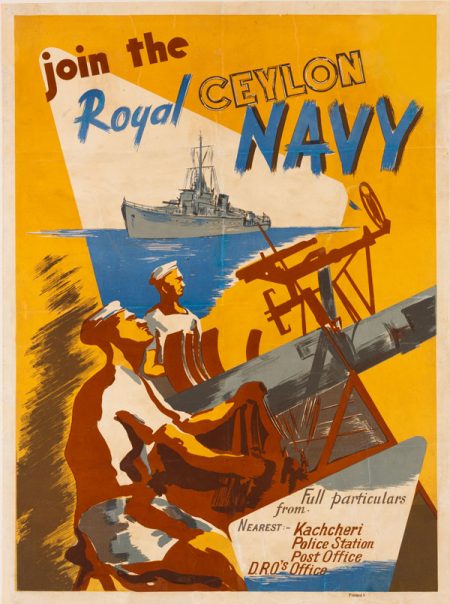
By the dawn of the twentieth century, posters were the most important of all visual media. They were easily produced, were immediate in impact, and could be pasted wherever there was a public to view it. With the outbreak of the First World War in 1914, the poster quickly became a critical communication tool in recruiting soldiers and raising funds for the war effort. It is estimated that America alone created more than 2,500 war posters and printed more than 20 million copies from 1917-1918. An outstanding example is James Montgomery Flagg’s famous U.S. Army recruiting poster of Uncle Sam pointing his finger directly at the viewer, a patriotic call to arms.
The Bolsheviks in Russia, faced with the challenge of communicating with a mass of illiterate peasants, turned to powerful and heroic imagery that was printed and distributed in poster form. The political potency of the poster graphics became very evident. The war that rode on revolutionary fervor was promoted by poster-based imagery.
The Allies and Axis powers also made widespread use of posters during the Second World War for propaganda and awareness campaigns. Cheap and effective offset printing methods were used to produce millions of posters for a variety of campaigns. Patriotism and jingoism were par for the course. However, along with the printed poster there emerged two powerful means of communication during the Second World War: film based images and radio.
The World War II years were an important period for Ceylon posters. The driving force behind the colony’s propaganda efforts was William Ivor Jennings, the newly appointed Chancellor of the University College of Colombo. Alarmed by the lackadaisical efforts of the Ceylon State Council, Jennings set about preparing government officials for a possible Japanese attack. He realized that, in order to get the nation to support the war, there had to be strong communication between the government and the people. Jennings believed that all avenues of media had to be utilized to forge a common sense of purpose. Under his guidance, the Government Propaganda Office recruited many artists to design posters and soon thousands of posters in English, Sinhala, and Tamil languages were plastered all over the country. Recognized commercial artists like C. K. L. Samarasinha, G. S. Fernando, and Reggie Candappa further enhanced their reputations by designing posters for the war effort.
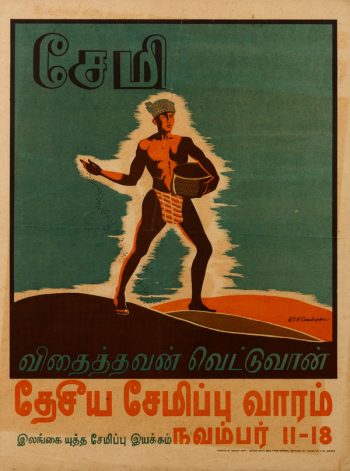
Buy Ceylon Posters
Suddhawanthayo
$3.00
Ganesha Vinyaki Red & Gold
$3.00
Surf Ceylon 3
$3.00
Save Our Wildlife
$3.00
Ferry & Temple
$3.00
Ganesha Drumming Path to Release 2
$3.00
Tempete sur Ceylan
$15.00
